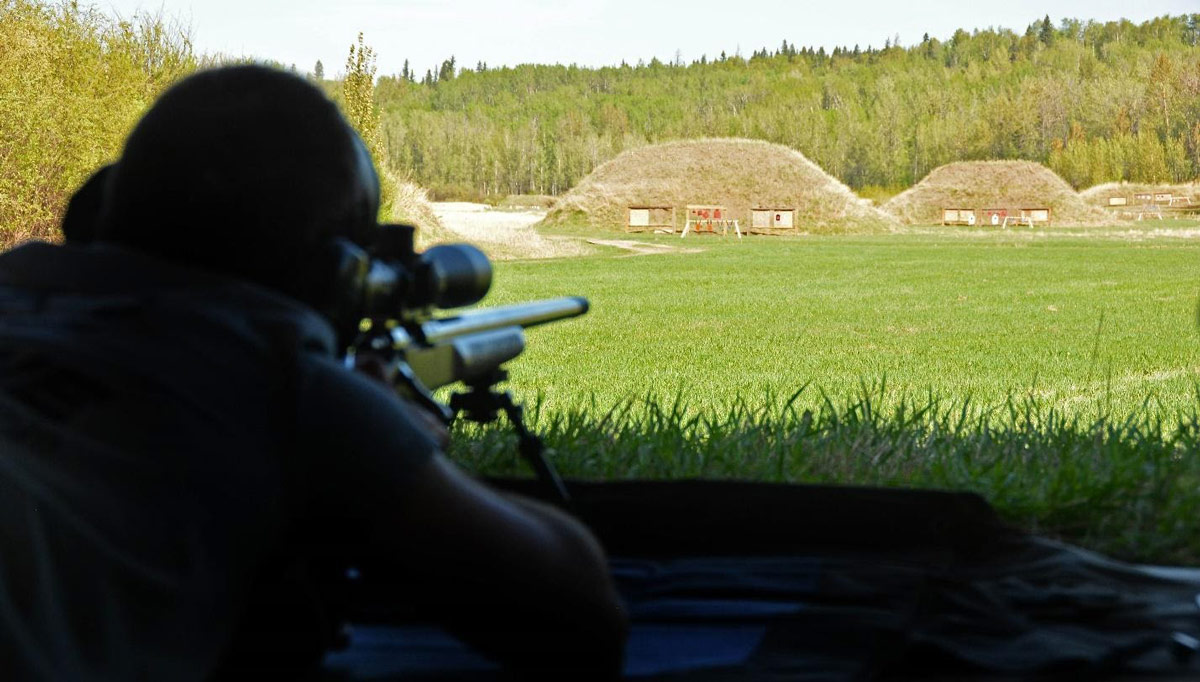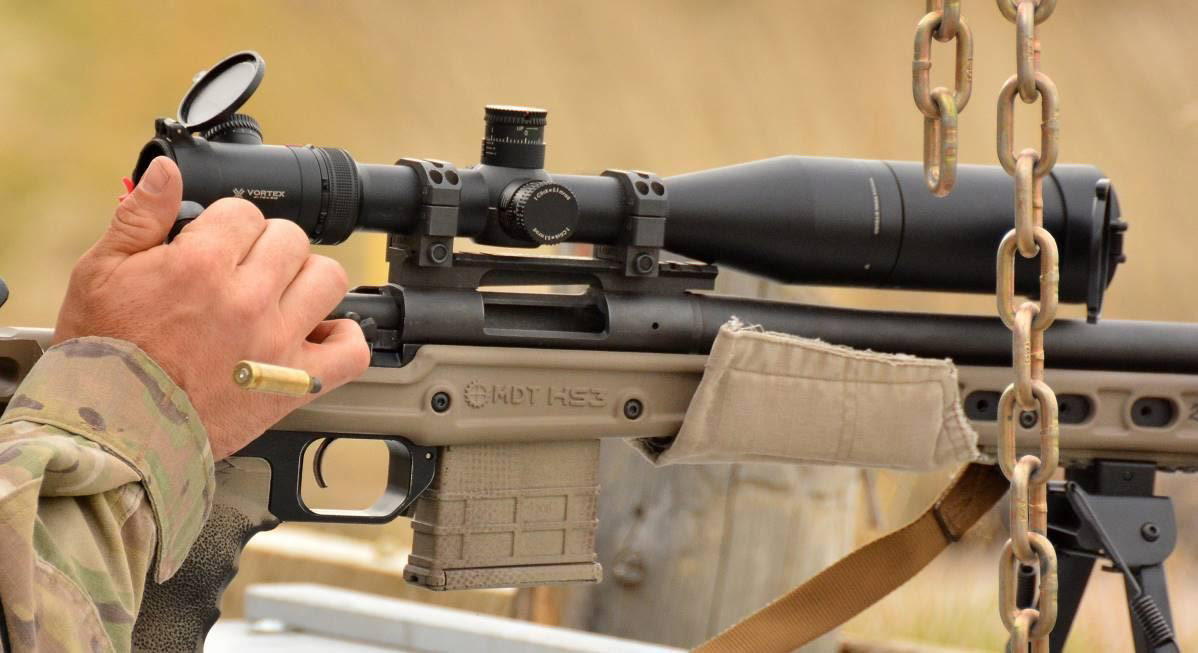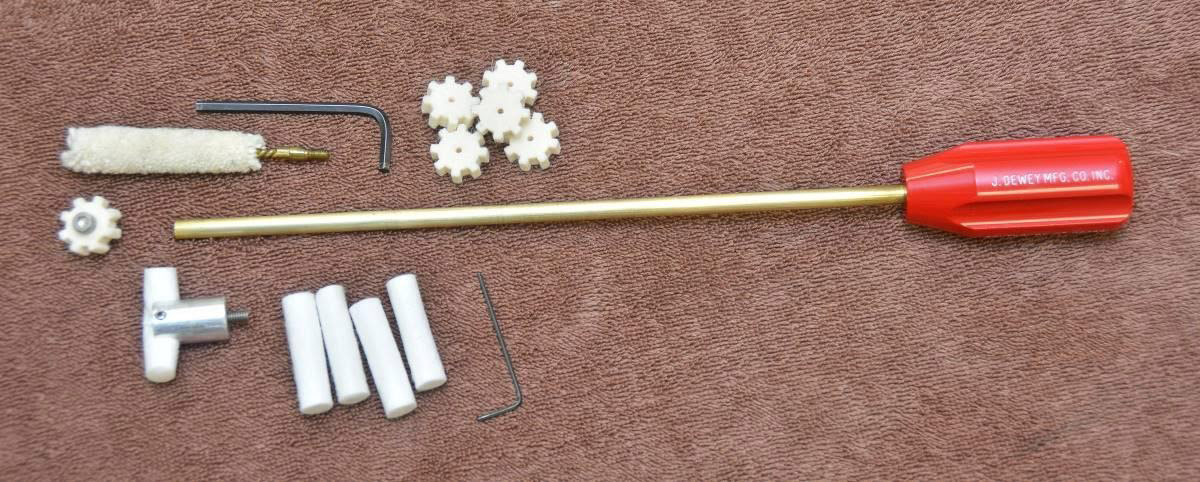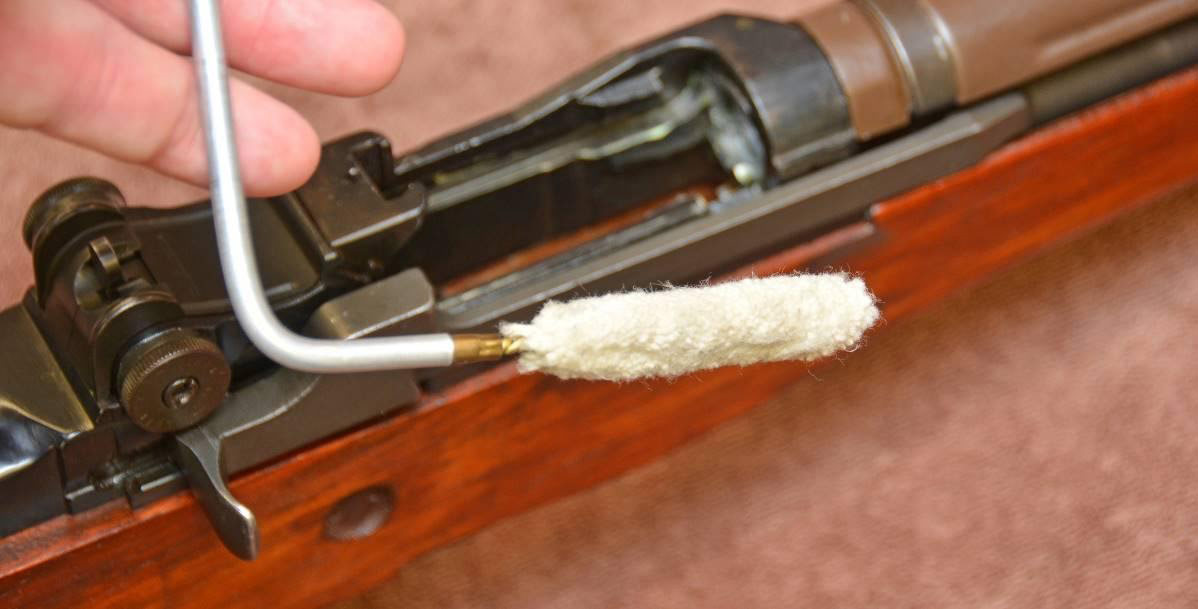Posted by Al Voth on 2021 Oct 14th
HOW TO CLEAN YOUR RIFLE CHAMBER

We all know that precision rifles need to be kept clean. But, of course, clean doesn't just refer to a rifle's bore. Sure, a certain level of cleanliness must be maintained inside a rifle's barrel for it to shoot accurately. But how much cleanliness is variable, as some guns shoot better with a fouled bore and some shoot best with a sparkling clean one. However, a rifle barrel includes more than the bore. The chamber is an integral part of that barrel. While I have seen a dirty bore group well, I've never seen a rifle that performs better with a dirty, grit-filled chamber.
When should you clean that chamber? The easy answer is, "When it gets dirty." To be more specific, this can be whenever the rifle has been subjected to challenging environmental conditions such as moisture, sand, or wind-blown debris. The other time to clean a chamber is after cleaning the bore due to solvent and residue building up in the chamber.
A dirty chamber can cause extraction issues, or if it has lubricating properties, increased thrust to the bolt face, which causes premature wear to the rifle. If there's grit, the chamber can get scratched, or it can embed into the cartridge case and transfer to your sizing die, which will mar or scratch it.

Keeping the chamber of a precision rifle clean contributes to reliable extraction.
When it comes to cleaning, you can look at high-tech options like ultrasonic cleaners. Still, these require you to remove your barreled action from the stock or chassis and soak the receiver assembly overnight, which is not practical for most people. In reality, you simply need a short, sturdy cleaning rod and a simple bore mop mounted in the end to get a good clean. To find a size that fits snugly into the chamber, look at handgun bore mops, particularly size ranges from .32 to .45 caliber. I find I can use them numerous times before they need cleaning or replacement. Just push the bore swab into the chamber, rotate it once or twice, and pull it out, this being all that's needed if you stay on top of things. If the chamber has been neglected, you may have to initially work it over with a bronze brush or even a non-embedding abrasive compound like JB's to get it clean.

Use bore mops based on the size of the cartridge case, not the rifle’s bore diameter.
For bore cleaning, I recommend products from J. Dewey Mfg. They have an entire section of products dedicated to chambers. I suggest their BAC Bolt Action Lug Recess & Chamber Cleaning Kit, which includes the tools to clean the lug recesses of typical bolt-action rifles.

A short sturdy rod and the right attachments are all the tools needed to clean chambers and locking lug recesses.
The BAC works by inserting a hard cotton swab into a unique holder and locking it in place with a small screw. The swab is at right angles to the rod, and when assembled, it looks like a miniature version of your rifle's bolt. Push it into the action from the rear, and when the cotton reaches the lug recesses, it expands to fill them. Rotating the handle rotates the swab and pulls out fouling.
When I first got this kit many years ago, I cleaned the bolt recesses of all my bolt-actions and was shocked at the crud I pulled out of these never-cleaned-before areas. Now, it's part of my regular maintenance, and I wouldn't be without a tool like this.

Bending an old pistol cleaning rod at right angles allows rifles lacking full chamber access to still be cleaned.
However, you may own rifles such as lever-action or some semi-autos, which can't be conveniently cleaned using this tool because access from the chamber end is blocked. If so, find a cheap aluminum pistol cleaning rod and bend a right angle into it to allow access into these otherwise unreachable chambers.
Cleaning chambers and lug recesses are an often-overlooked chore, but it's a necessary one for precision rifle shooters. Protect your investment in expensive precision rifles and clean both these areas regularly.
A.V.
ABOUT THE AUTHOR
Al Voth calls himself a "student of the gun." Retired from a 35-year career in law enforcement, including nine years on an Emergency Response Team, he now works as an editor, freelance writer, and photographer, in addition to keeping active as a consultant in the field he most recently left behind—forensic firearm examination. He is a court-qualified expert in that forensic discipline, having worked in that capacity in three countries. These days, when he's not working, you'll likely find him hunting varmints and predators (the 4-legged variety).


 CAD
CAD
 Euro
Euro
